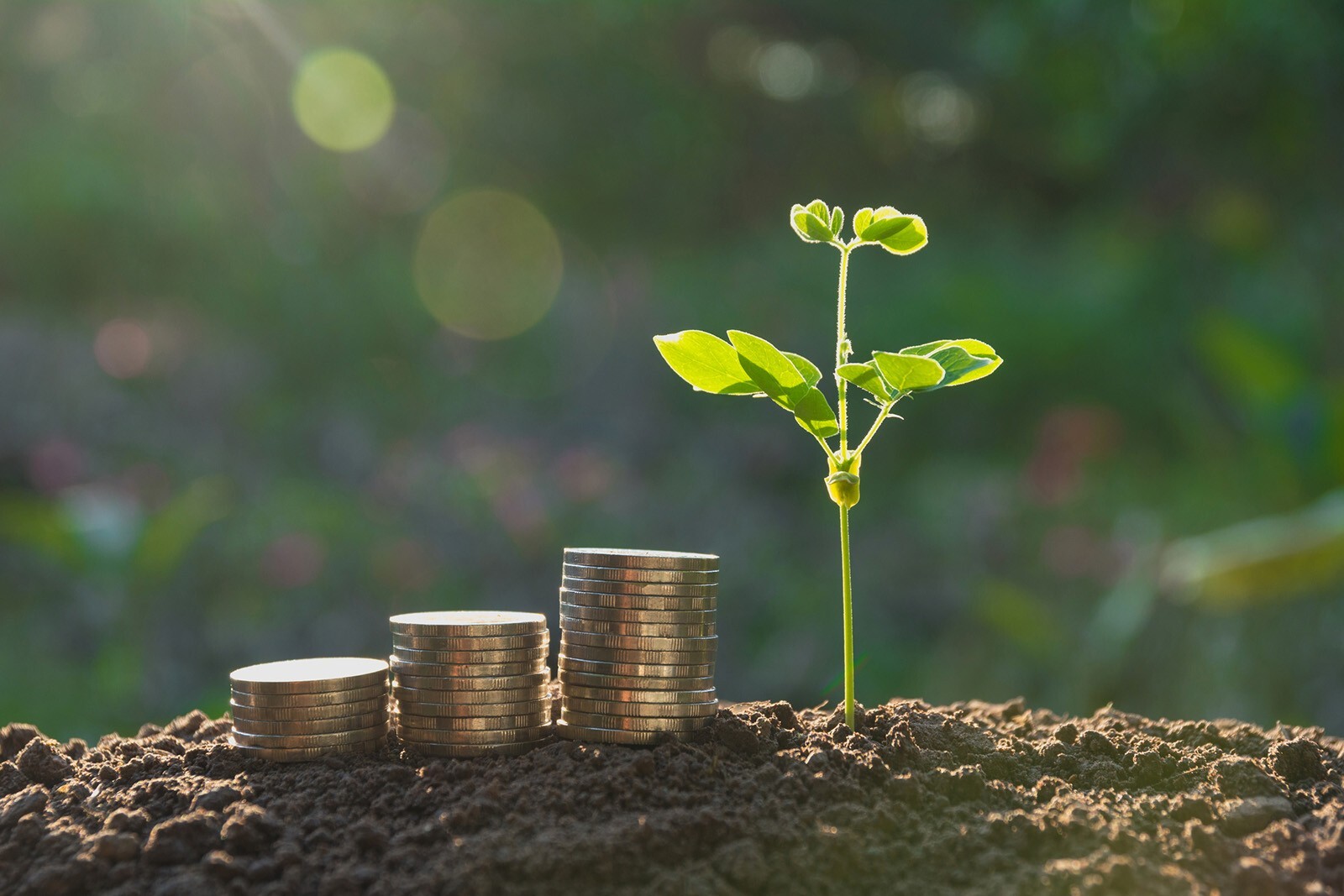South China Morning Post, Martin Choi, Published: 12:30pm, 31 Oct, 2021
- The US dollar-denominated ESG bond supply in Asia, excluding Japan, has already reached a record high of US$58.6 billion year-to-date
- Investor demand, greater adoption of ESG strategies by issuers, government policy and regulatory requirements are all expected to boost ESG bonds
US investment bank JPMorgan expects the volume of bonds linked to environmental, social and governance (ESG) factors in Asia to nearly double to as much as US$100 billion in 2022, spurred by increased investor demand as well as the need for issuers to meet their decarbonisation targets amid global efforts to combat climate change.
The US dollar-denominated ESG bond supply in Asia, excluding Japan, has already reached a record high of US$58.6 billion year-to-date, and could continue to rise, according to the investment bank.
“There are a number of factors that will drive growth of ESG bonds from increasing investor demand, greater adoption of ESG strategies by issuers and the need to finance them, to government policy and regulatory requirements,” said Jessica Chen, co-head of ESG financing for Asia ex-Japan at JPMorgan, in an emailed interview last week.
“We expect to see more harmonisation of local and global standards, greater alignment of ESG financing with issuers’ decarbonisation targets, and more focus on disclosure and transparency from both issuers and investors.”
Earlier this month, the Task Force on Climate-Related Financial Disclosures (TCFD), an international organisation of 32 members set up by the Basel-based Financial Stability Board in 2015, updated its implementation guidance for the first time since the recommendations were launched four years ago.
In the revised guidelines, the task force asks that companies disclose their carbon emissions independently of a “materiality assessment”.
Green bond investments could reach the US$1 trillion milestone by the end of 2022, according to a survey by the CBI released on Thursday of 353 respondents in the finance industry.
“Capital allocation towards clean energy, resilient infrastructure, green transport, buildings and sustainable agriculture needs to accelerate into the multiple trillions, every year, rippling through both developed and emerging economies,” said Sean Kidney, chief executive of the Climate Bonds Initiative, in the report last Thursday.
“US$5 trillion in annual green investment by 2025 is a real economy investment benchmark to judge progress in greening the financial system,” said Kidney.
“There is an enormous gap globally between ambition to mitigate the worst impacts of climate change, and current climate change policies. COP26 could help reduce this gap by driving members to set more ambitious policies for lowering near-term emissions,” said Gabriel Wilson-Otto, director of sustainable investing at Fidelity International, speaking in a webinar last week.







